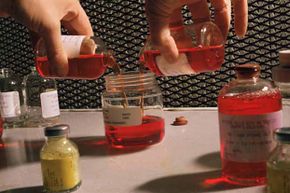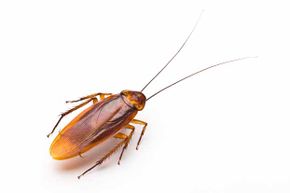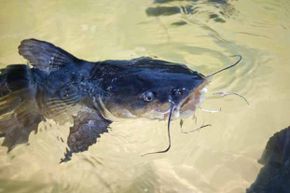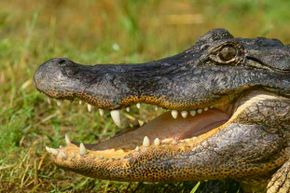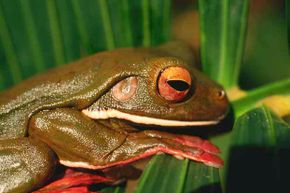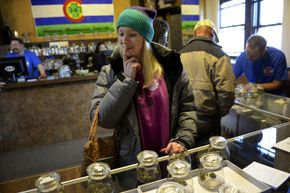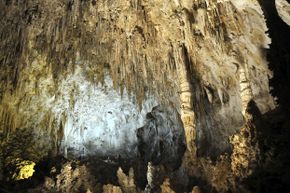A lot of the medications that we depend upon today were discovered in some distinctly yucky places. That tradition goes back to 1928, when Alexander Fleming discovered the very first antibiotic, penicillin; bacteria-killing mold was growing in an open petri dish that had been accidentally exposed to the air.
Another now-important antibiotic, vancomycin, was first discovered in 1952 when an missionary in Borneo sent a sample of dirt from the jungle to a friend, who happened to be an organic chemist at pharmaceutical giant Eli Lilly [source: Levine]. Cephalosporins, another important class of antibacterial drugs, were first found in 1948 in a Sardinian sewer [source: Tirrell].
Advertisement
And you were picturing scientists in white coats surrounded by gleaming equipment, right?
The search for new antibiotics has taken upon additional urgency, because of health experts' warnings that new strains of bacteria increasingly are resistant to our tried-and-true drugs. According to the Centers for Disease Control and Prevention, at least 2 million people in the U.S. become infected with drug-resistant bugs each year, and at least 23,000 of them die as a result.
That's why scientists, in their exhaustive effort to find replacements drugs, are looking in places that you wouldn't suspect — from seafloor muck to insect brains. Here's a look at 10 of the weirdest sources for antibiotics that researchers have discovered in recent years.
